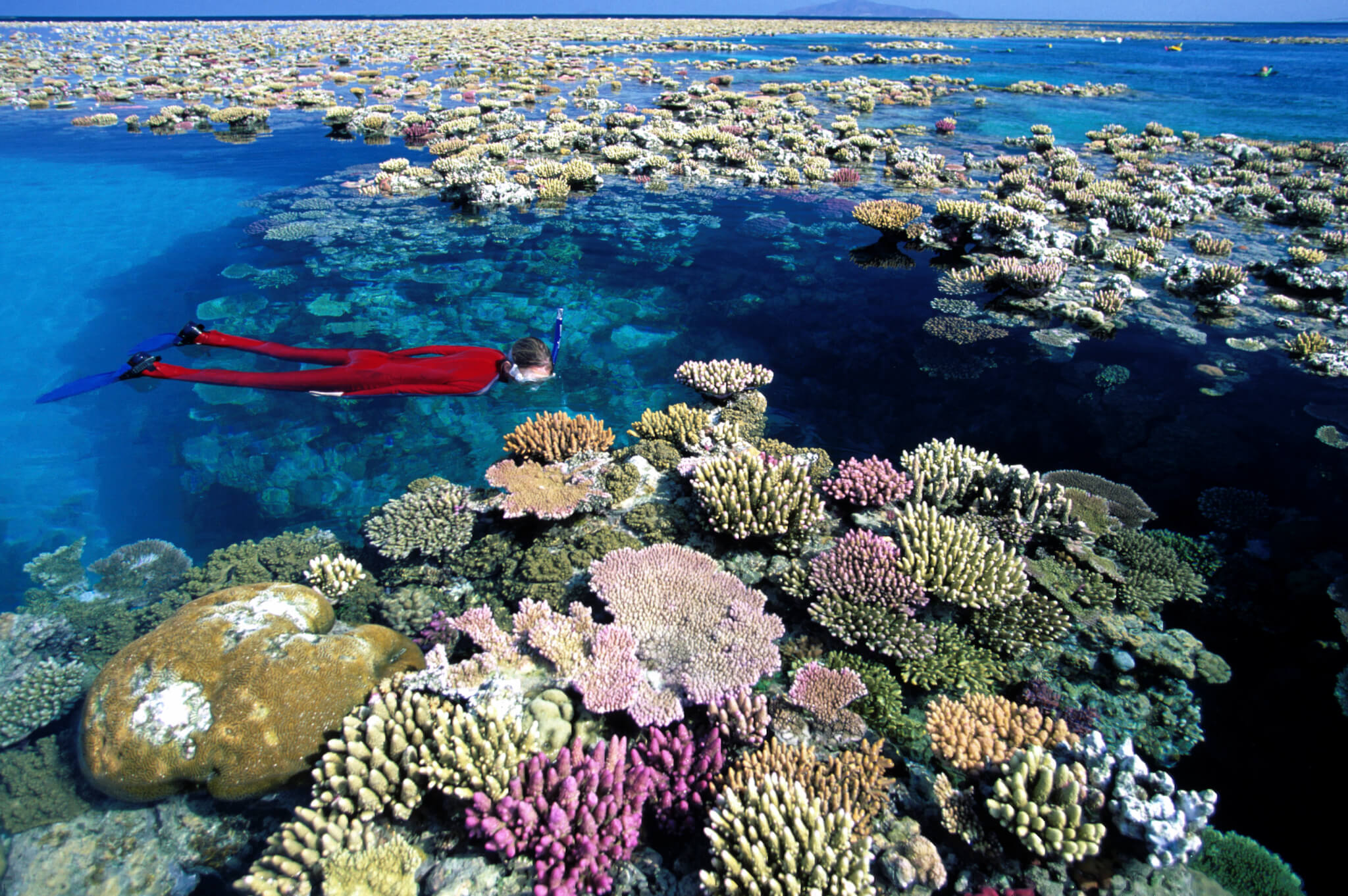

The basic coral reef classification scheme described above was first proposed by Charles Darwin, and is still widely used today.Examples are found in the Maldives and Chagos island groups, the Seychelles, and in the Cocos Island group.ĭevelopment Of Major Coral Reef Types Formation Of Lakshadweep Islands The Indian Ocean also contains numerous atoll formations.Examples of this reef type are common in French Polynesia, the Caroline and Marshall Islands, Micronesia, and the Cook Islands. In the South Pacific, most atolls occur in mid-ocean.A large ‘number of atolls also occur in the Lakshadweep Islands. The Fiji atoll and the Funafuti atoll in the Ellice/Island are well known examples of atolls. Atolls are far more common in the Pacific than any other ocean.a coral island or an atoll island which is, in fact, an atoll reef, built by the process of erosion and deposition of waves with island crowns formed on them.an atoll surrounding a lagoon with an island.true atoll-a circular reef enclosing a lagoon with no island.An atoll may have any one of the following three forms.Atolls are located at great distances from deep see platforms, where the submarine features may help in formation of atolls, such as a submerged island or a volcanic cone which may reach a level suitable for coral growth.The lagoon has a depth 80-150 metres and may be joined with sea water through a number of channels cutting across the reef.An atoll is a roughly circular (annular) oceanic reef system surrounding a large (and often deep) central lagoon.The GBR is not actually a single reef as the name implies, but rather a very large complex consisting of many reefs.The 1200-mile long Great Barrier Reef off the NE coast of Australia is the world’s largest example of this reef type.Barrier reefs are far less common than fringing reefs or atolls, although examples can be found in the tropical Atlantic as well as the Pacific.It extends as a broken, irregular ring around the coast or an island, running almost parallel to it. This is the largest (in size, not distribution) of the three reefs, runs for hundreds of kilometres and is several kilometres wide.Barrier reefs are extensive linear reef complexes that parallel a shore, and are separated from it by lagoon.A lagoon – as used in the context of coral reef typology – refers to a comparatively wide band of water that lies between the shore and the main area of reef development, and contains at least some deep portions.Fringing reefs can be seen at the New Hebrides Society islands off Australia and off the southern coast of Florida.The fringing reef is by far the most common of the three major types of coral reefs, with numerous examples in all major regions of coral reef development.Coral polyps do not extend outwards because of sudden and large increase in depth. This type of reef grows from the deep sea bottom with the seaward side sloping steeply into the deep sea. A fringing reef runs as a narrow belt.They are located very close to land, and often form a shallow lagoon between the beach and the main body of the reef. Fringing reefs are reefs that grow directly from a shore.Fringing reef, barrier reef and atoll (coral islands are formed on atolls) are the most important relief features.Small marine plants (algae) also deposit calcium carbonate contributing to coral growth.The corals occur in different forms and colours, depending upon the nature of salts or constituents they are made of.Coral reefs over a period of time transform or evolve into coral islands (Lakshadweep).One such important landform is called coral reef. These layers at different stages give rise to various marine landforms.




 0 kommentar(er)
0 kommentar(er)
